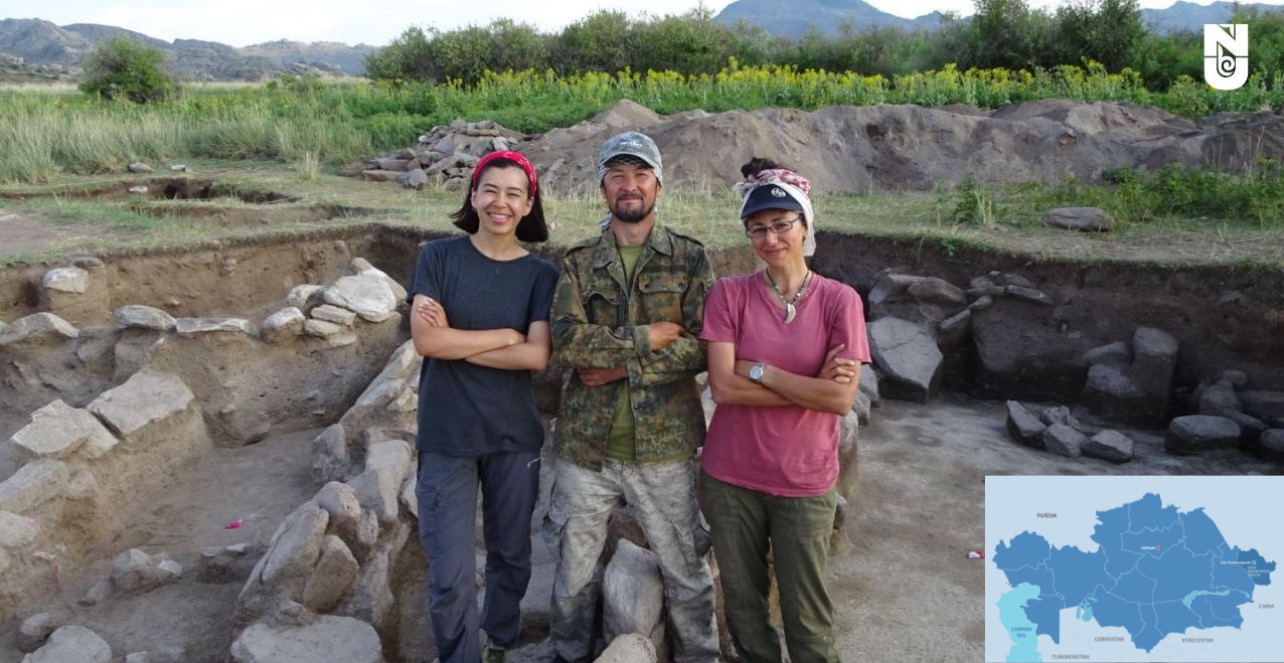ASTANA – The excavations in the Koken settlement of the East Kazakhstan Region unveiled the earliest known human remains, according to the Archeology of Kazakhstan international peer-reviewed scientific journal.
The professors from Nazarbayev University, Washington University in St. Louis, Margulan Institute of Archaeology, and Toraighyrov University identified a human burial dating to the early Neolithic period.
Paula Doumani Dupuy, Zhuldyz Tashmanbetova, Galymzhan Kiyasbek, Viktor Merts, Reed Coill, Aidyn Zhuniskhanov, and Zainolla Samashev held their research in the semi-arid steppe zone.
“Based on the different ages of bone fusion and teething, we assume that the skeletal remains belonged to two individuals. The material is characterized by good bone preservation,” reads their academic article published on Sept. 30.
The academics continue genetic studies on human bone material, which defined the bones of an adolescent without a skeleton and an adult in the fetal position.
“The excavation and analysis for publication took more than three years of work by our team of Kazakh and international specialists,” said Dupuy.
The study of the remains is of key importance for understanding the adaptation, settlement, and human economy of the Early Holocene in Kazakh steppes.
Neolithic findings from the Koken settlement will also clarify the socio-cultural ties between the hunter-gatherer populations of the Eurasian steppe, their origin and lifestyle.
The research was funded by the Nazarbayev University’s Faculty Development Competitive Research Grants Program.


